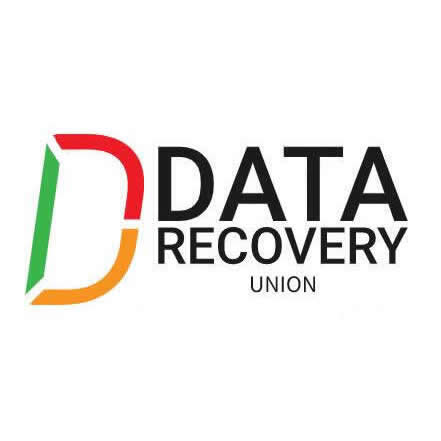Recovering data for free can be challenging depending on the specific circumstances of data loss and the type of data you’re trying to recover. Here are some general steps you can try:
- Check backups: If you have backups of your data, whether it’s through cloud storage services, external hard drives, or other means, restoring from backup is often the easiest and most reliable way to recover lost data.
- Use data recovery software: There are several free data recovery software options available online, such as Recuva, TestDisk, and PhotoRec. These tools can help recover deleted files from various storage devices like hard drives, USB drives, and memory cards. However, success rates may vary depending on the extent of data loss and the condition of the storage device.
- Check recycle bin or trash: If you accidentally deleted files on your computer, check the recycle bin (Windows) or trash (macOS) first. You may be able to restore deleted files from there.
- Try using built-in recovery options: Some operating systems have built-in features for data recovery. For example, Windows has the “File History” feature that can help restore previous versions of files, and macOS has the “Time Machine” backup feature.
- Seek professional help: If you’re unable to recover your data using the above methods, consider seeking assistance from professional data recovery services. While these services can be expensive, they may be your best option if the data is critical and cannot be recovered using free tools.
Remember to avoid writing new data to the storage device from which you’re trying to recover data, as this can overwrite the deleted data and make it unrecoverable. Additionally, it’s important to be cautious when downloading and using free data recovery software, as some may contain malware or cause further damage to your system. Always research and choose reputable software from trusted sources.

